Clipping a Bird's Wings
Updated on 04/26/24
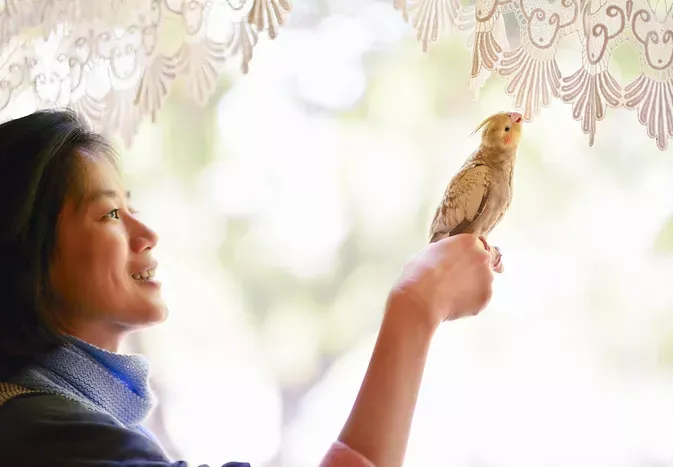
The Ultimate Guide to Clipping a Bird's Wings: A Comprehensive Exploration of a Controversial Practice
Introduction: Delving into the Wings of Controversy
In the realm of avian companionship, wing clipping remains a highly debated topic. Some extol its virtues as an essential safety measure, while others denounce it as an infringement on a bird's natural instincts. This comprehensive guide delves into the intricacies of wing clipping, examining its benefits and drawbacks, exploring alternatives, and providing step-by-step instructions to ensure safe and responsible feather trimming.
Section 1: Unveiling the Pros and Cons of Wing Clipping
1.1. Benefits:
a) Enhanced Safety: Clipping significantly reduces flight distance, minimizing the risk of injury from falls, window crashes, and encounters with predators.
b) Controlled Environment: It allows bird owners to manage their pets' access to specific areas or heights, preventing them from reaching potentially dangerous zones.
c) Training Aid: Clipping can be a useful adjunct to training, as it limits a bird's mobility and enhances the effectiveness of positive reinforcement techniques.
1.2. Drawbacks:
a) Loss of Flight: Wing clipping irrevocably restricts a bird's ability to fly, compromising its natural instincts and reducing its overall enjoyment of life.
b) Stress and Frustration: Clipped birds may experience frustration and anxiety due to their inability to engage in normal flight behaviors.
c) Feather Damage: Improper clipping can damage feathers, leading to pain and discomfort.
Section 2: Exploring Alternatives to Wing Clipping
2.1. Flight Harness and Leash Training:
Harness training provides a safe and controlled way to allow birds to experience flight while minimizing escape risk. With proper training, birds can learn to fly tethered to a harness and lead.
2.2. Flight Cage or Aviary:
Enclosing birds in a spacious flight cage or aviary allows them to engage in flight without the risks associated with unrestricted outdoor flying. These enclosures can be customized to suit the bird's specific needs and provide a stimulating environment.
2.3. Peripheral Vision Enhancement:
By placing mirrors or other reflective surfaces strategically around the bird's environment, owners can improve the bird's peripheral vision, making it more aware of obstacles and potential hazards.
Section 3: Mastery in the Art of Wing Clipping
3.1. Essential Equipment:
a) Sharp, non-serrated bird nail clippers or scissors
b) Styptic powder or cornstarch to stop bleeding
c) Ruler or measuring tape
d) Two towels, one for holding the bird, one for wrapping the wings
3.2. Step-by-Step Instructions:
Caution: Only clip the flight feathers, never the contour feathers, which can cause permanent damage.
a) Secure the bird firmly but gently on its back in a towel wrap.
b) Extend one wing flat and measure from the tip of the primary flight feathers (the long outer feathers) to the bend in the wing.
c) Clip off the outer 5-10 primary feathers, starting from the longest and working inward.
d) Repeat on the opposite wing.
e) Check for any bleeding and apply styptic powder or cornstarch if necessary.
f) Release the bird and observe its ability to fly. Adjust the length of the clipped feathers as needed.
Conclusion: Navigating the Pros and Cons
Wing clipping remains a contentious topic, with proponents citing safety benefits and opponents advocating for natural instincts and freedom. By carefully weighing the pros and cons, researching alternatives, and practicing safe and responsible clipping techniques, bird owners can make informed decisions that prioritize both their pets' safety and well-being. Remember, responsible wing clipping is a balancing act, ensuring that birds can enjoy a fulfilling and enriched life while minimizing potential risks.
Explore More Pets
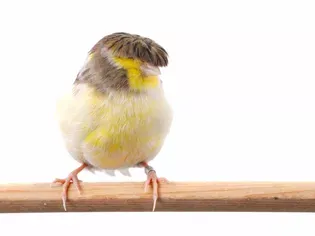
Small Bird Breeds
Gloster Canary: Bird Species Profile
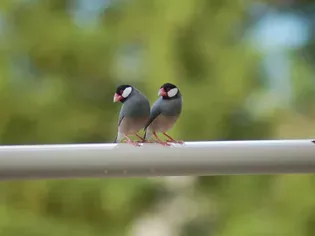
Small Bird Breeds
Java Finch: Bird Species Profile
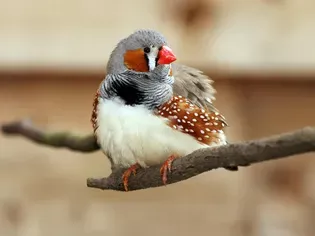
Small Bird Breeds
Zebra Finch (Chestnut-Eared Finch): Bird Species Profile
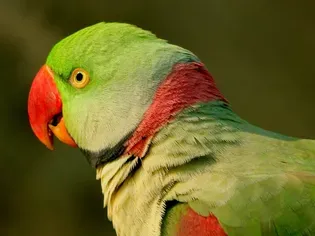
Small Bird Breeds
Alexandrine Parakeet: Species Characteristics & Care
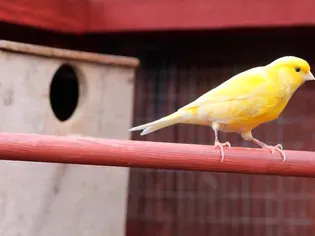
Small Bird Breeds
Canary: Bird Species Profile
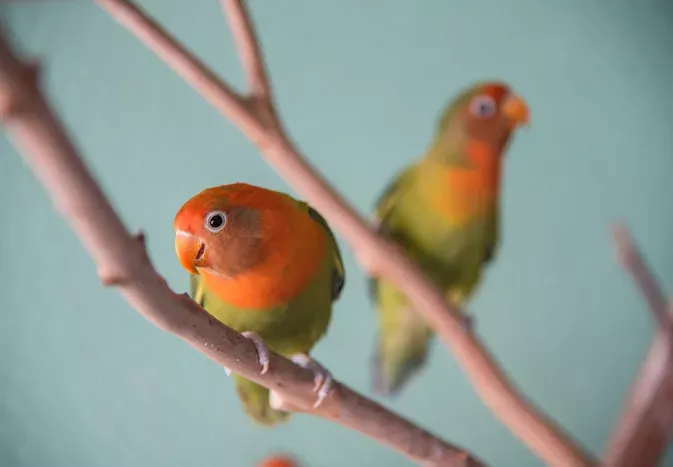
Small Bird Breeds
Lovebird (Pocket Parrot) Species Profile
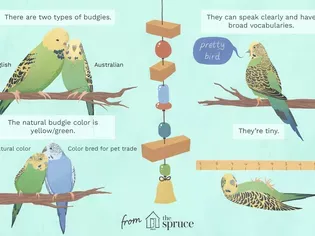
Small Bird Breeds
A Guide to Pet Budgie Birds
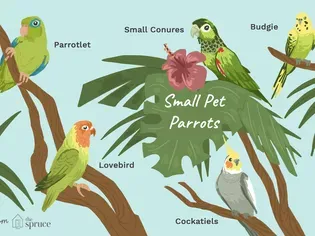
Small Bird Breeds
Types of Small Parrots